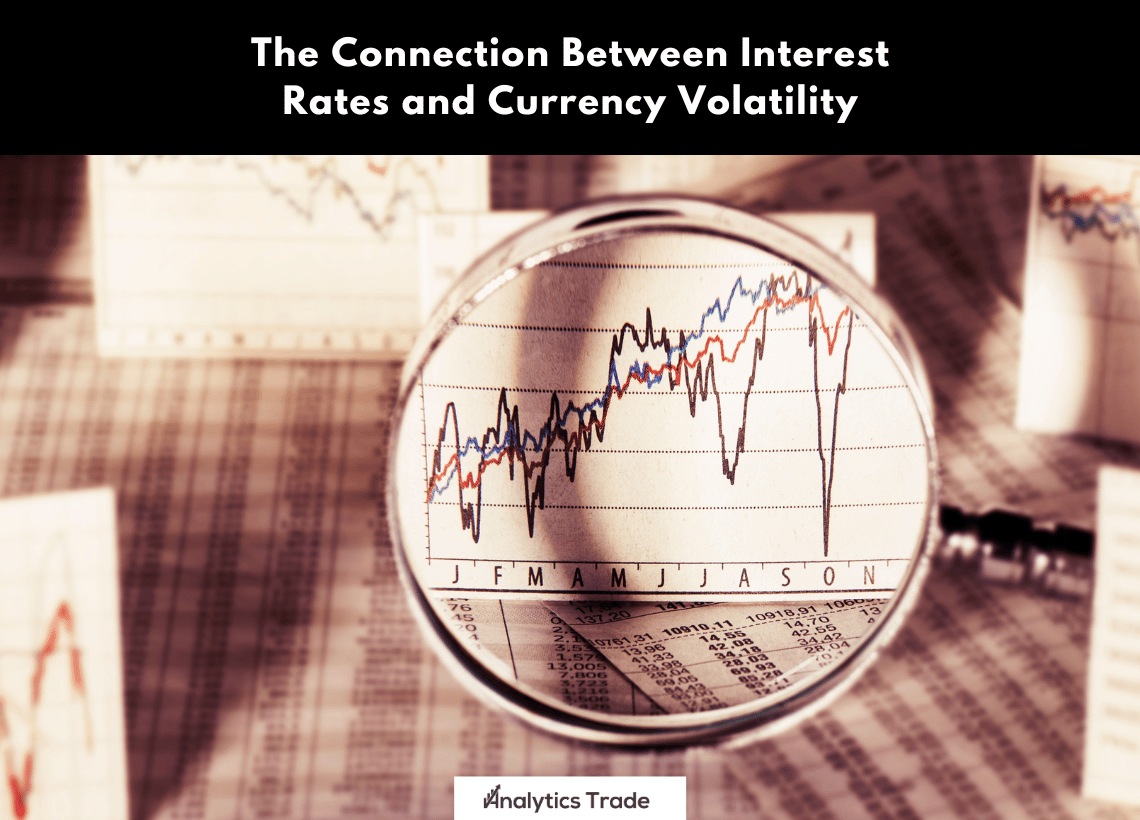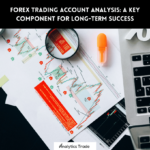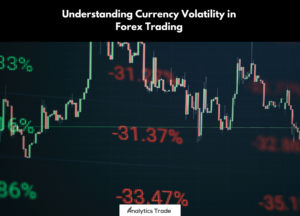What is the Connection Between Interest Rates and Currency Volatility?
The connection between interest rates and currency volatility is a complex one. Interest rates are a major factor in determining the value of a currency, as they affect the cost of borrowing and the return on investments. When interest rates rise, the value of a currency tends to increase, while when they fall, the value of a currency tends to decrease. This is because higher interest rates make it more attractive for investors to buy the currency, while lower interest rates make it less attractive. At the same time, currency volatility is a measure of how much a currency’s value can change over a given period of time. But for trading a certain currency pair, its important to note down your currency analysis. When a currency is volatile, its value can fluctuate significantly in a short period of time, making it difficult to predict its future value. The connection between interest rates and currency volatility is that when interest rates rise, the value of a currency tends to become more stable, as investors are more likely to buy the currency and hold it for a longer period of time. Conversely, when interest rates fall, the value of a currency tends to become more volatile, as investors are more likely to sell the currency and take their profits. Also, there are various trading tools which can helps to identify currency volatillity.
Examples of the Connection Between Interest Rates and Currency Volatility
To illustrate the connection between interest rates and currency volatility, let’s look at two examples. The first example is the US dollar, which is the world’s most traded currency. When the US Federal Reserve raises interest rates, the value of the US dollar tends to increase, as investors are more likely to buy the currency and hold it for a longer period of time. Conversely, when the US Federal Reserve lowers interest rates, the value of the US dollar tends to decrease, as investors are more likely to sell the currency and take their profits.The second example is the Japanese yen, which is the second most traded currency. When the Bank of Japan raises interest rates, the value of the Japanese yen tends to increase, as investors are more likely to buy the currency and hold it for a longer period of time. Conversely, when the Bank of Japan lowers interest rates, the value of the Japanese yen tends to decrease, as investors are more likely to sell the currency and take their profits.
Table of Examples
| Currency | Interest Rate Change | Currency Volatility |
|---|---|---|
| US Dollar | Increase | Decrease |
| Japanese Yen | Increase | Decrease |
Conclusion
The connection between interest rates and currency volatility is a complex one, but it is an important one to understand. When interest rates rise, the value of a currency tends to become more stable, as investors are more likely to buy the currency and hold it for a longer period of time. Conversely, when interest rates fall, the value of a currency tends to become more volatile, as investors are more likely to sell the currency and take their profits. For more information on the connection between interest rates and currency volatility, please visit Wikipedia.org.










Comments